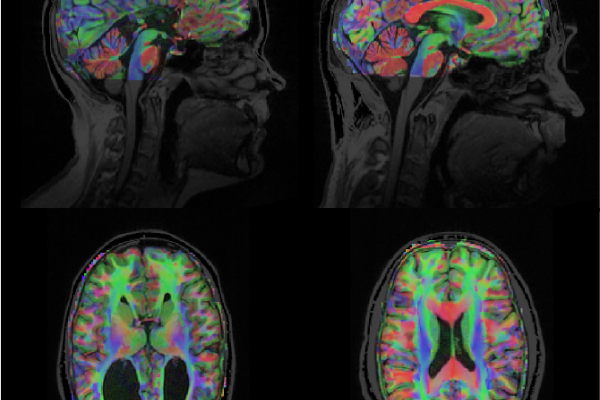2015-07-14

Previous research indicates that callosal supression is important for the establishment of functional brain asymmetries. In this study researchers from the Biopsychology lab wondered what whould happen to callosal supression when there is no corpus callosum? They tested this in a multimethod neuroimaging approach combining functional and structural connectivity analysis in patients who were born without a corpus callosum and healthy individuals. The study revealed two important features of the corpus callosum. First, in healthy individuals, interhemispheric motor inhibition measured with fMRI is related to properties of specific motor fibers in the corpus callosum. Second, the inhibitory interaction between motor areas is diminished in patients without a corpus callosum. Interestingy, for these patients motor areas in each hemisphere showed symmetric involment in motor functions, indicating a reduced functional brain asymmetry. These results provide novel insights into callosal functions and the establishment and maintenance of functional brain asymmetries in general.

Previous research indicates that callosal supression is important for the establishment of functional brain asymmetries. In this study researchers from the Biopsychology lab wondered what whould happen to callosal supression when there is no corpus callosum? They tested this in a multimethod neuroimaging approach combining functional and structural connectivity analysis in patients who were born without a corpus callosum and healthy individuals. The study revealed two important features of the corpus callosum. First, in healthy individuals, interhemispheric motor inhibition measured with fMRI is related to properties of specific motor fibers in the corpus callosum. Second, the inhibitory interaction between motor areas is diminished in patients without a corpus callosum. Interestingy, for these patients motor areas in each hemisphere showed symmetric involment in motor functions, indicating a reduced functional brain asymmetry. These results provide novel insights into callosal functions and the establishment and maintenance of functional brain asymmetries in general.